Searching for the perfect plant Plants That Start With T, or setting out to learn about plants in general, can be a huge task, especially because there is a huge amount of different plants in the world!
It’s a never-ending list, and when you go through it without any sort of organization, it can become really overwhelming. So why not break it down?
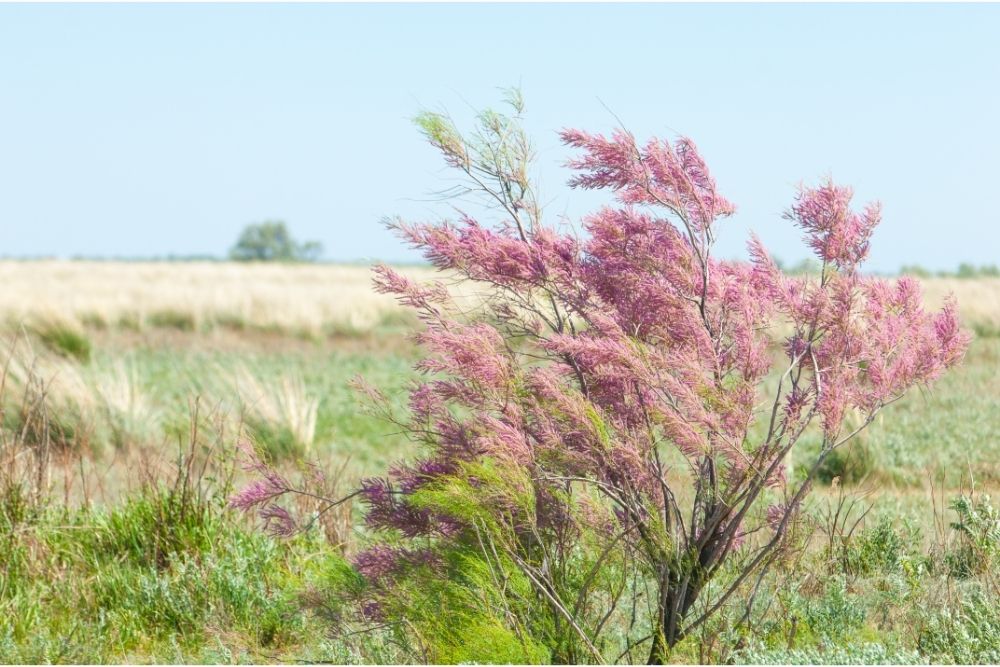
Maybe by grouping plants by the letter, their name starts with? That makes it pretty easy, and it also means you can search for specific plants in alphabetical order!
We have compiled a list with some of the most popular and interesting plants that start with the letter T, so if you want to take a look at those, go ahead and browse through our list.
We have also included some brief explanations with information about each plant, and interesting facts that we think you should know about!
Of course, keep in mind that we have not included every single plant that starts with the letter T, because it would be far too many!
Can you think of a plant beginning with T, off the top of your head? If the answer is no, then you should definitely take a look at the plants we’ve included, as you’re sure to learn about some that you didn’t even know existed!
1. Tamarisk

Tamarisk, also known as Tamarix, or popularly as salt cedar or taray, is a genus of flowering plants from the Tamaricaceae family. It is native to the drier regions of Eurasia and Africa, as it thrives in hotter temperatures.
The name is thought to come from Latin, after the river Tamaris, found in Hispania Tarraconensis, Spain. Oh, and don’t be thinking that Tamarisk is small. One of the largest species is an evergreen tree that can grow up to around 59 feet tall!
Appearance-wise, the main traits of Tamarisk are slender branches, gray-green foliage, and bark that becomes purplish and ridged over time.
There are also pink and white flowers that grow in dense masses, from March to September, but only for some of the Tamarisk species.
2. Tecoma
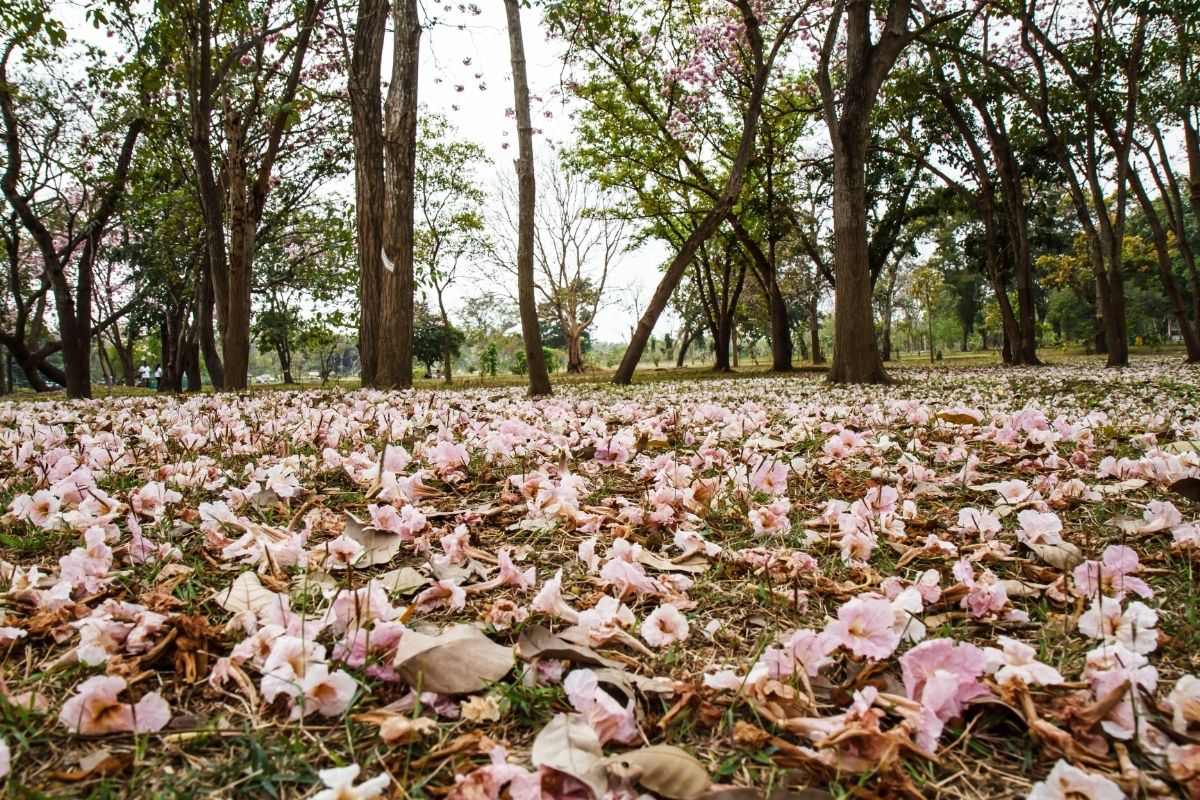
Tecoma is a type of plant with small vibrant flowers, a genus of 14 different species from the trumpet vine family (Bignoniaceae). Twelve of the species are native to the Americas (from the south of the United States to Central America, majorly) and the other two species are native to Africa.
The name Tecoma actually comes from the Nahuatl word tecomaxochitl, which is a word used by the indigenous peoples of Mexico to describe plants with small tubular flowers. So you can get an idea of what the Tecoma flowers look like!
These plants are often found in the wild, within the regions they are found in, and they are also popularly cultivated for decorative purposes in people’s homes, as they are considered to be very visually appealing.
3. Terrestrial Orchids
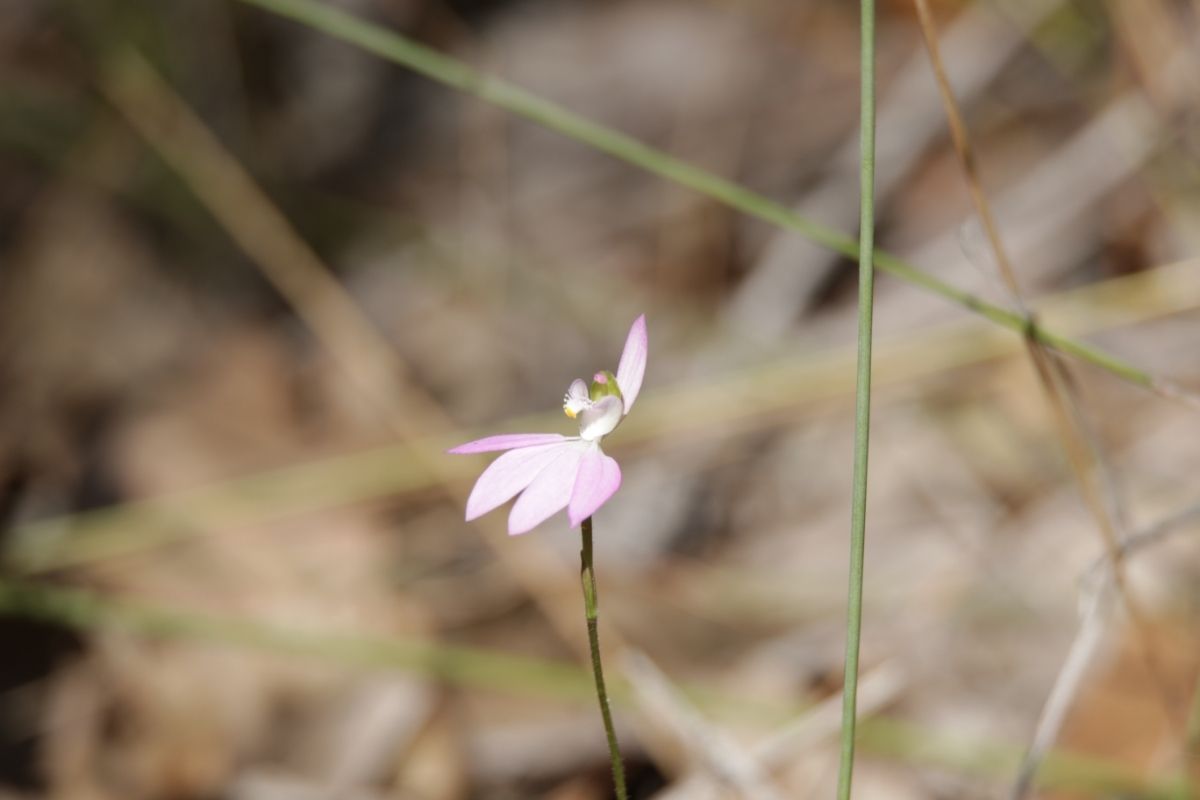
Terrestrial orchids, best known for their vibrant colors and strong sweet scents, are a genus of flowering plants from the orchid family.
They are one of the two biggest families of flowering plants, with over 28,000 different species, and more being found every year!
They can be found in many different parts of the world, and have been thoroughly cultivated through history, especially due to the popularity of orchid gardens.
All types of orchids are perennial, and they can grow in one of two patterns: monopodial, and sympodial. As we said, they have vibrant colors that make them incredibly appealing, and most popularly are blue, red, pink, white, purple, yellow, and green!
And since there is so much variety in their colors, and in the number of species, florists continue to experiment with many combinations amongst them!
4. Thunbergia
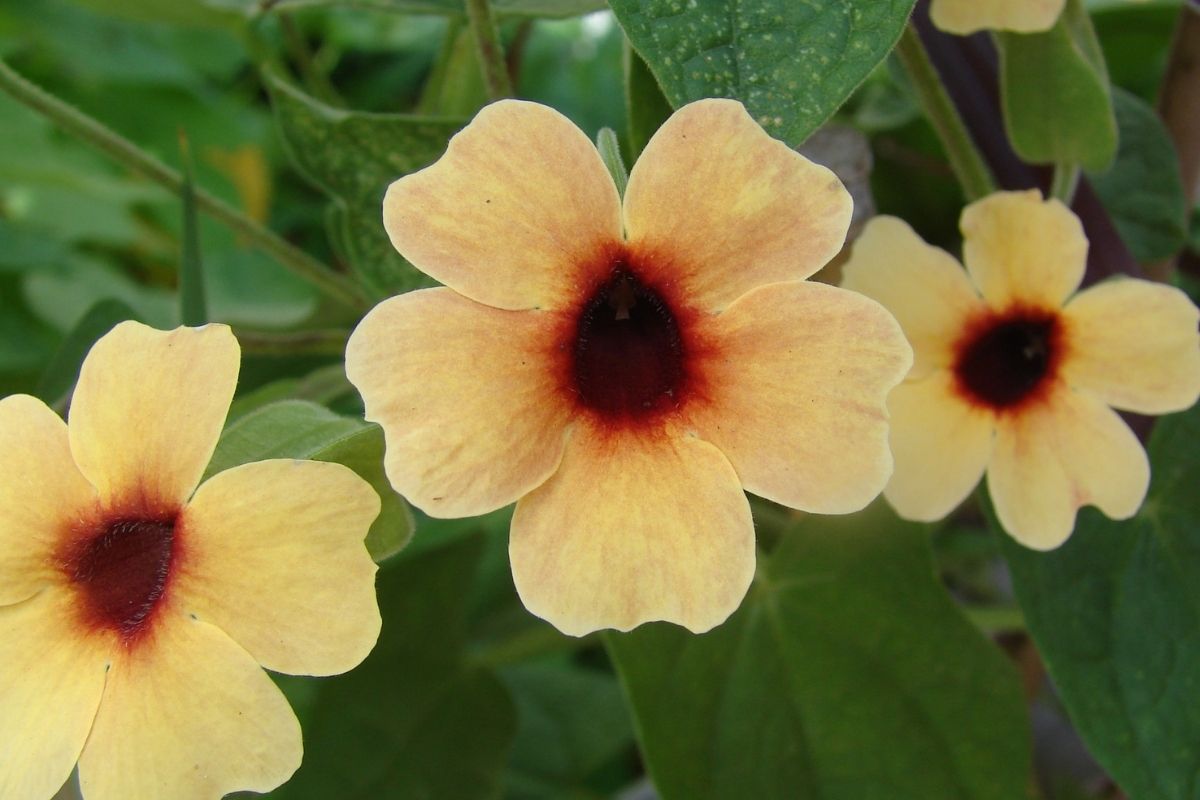
The Thunbergia is a genus of flowering plants, from the Acanthaceae family. It is native to tropical regions, such as Africa, Madagascar, and Asia. The name comes from Carl Peter Thunberg, a Swedish naturalist, although sometimes Thunbergia is better known as Clockvine or Black-eyed Susan.
This type of plant can be either annual or perennial, with shrubs that grow up to around 26 feet in height.
This plant can easily grow almost anywhere (with the right environmental conditions) and is known to quickly become invasive. That being said, it is usually welcome in gardens, as it produces small pretty flowers of different colors, easy to identify by the black center.
5. Thyme
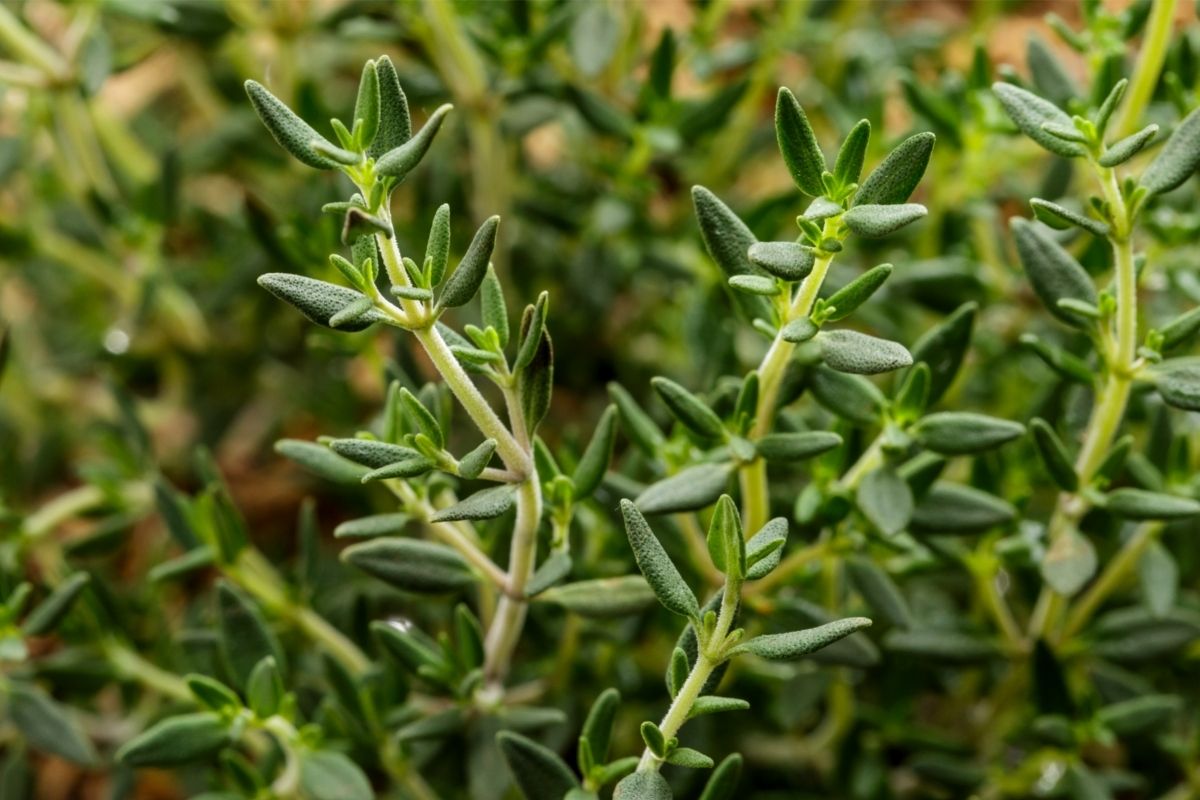
Thyme is a very popular herb and member of the Thymus genus, from the Lamiaceae family. This perennial evergreen is indigenous to the Mediterranean but is cultivated all over the world due to its wide range of purposes and uses: culinary, medicinal, and ornamental.
In fact, you probably know exactly what Thyme is, as most people have come across it in meals!
Appearance-wise, you can easily spot Thyme because it grows in thick bushes of green with tiny white flowers at the tips. It’s great for flavoring all sorts of dishes, and it is also widely used in baths, as a natural remedy for ailments such as bad sleep, and for much more!
Throughout history, it has been an important and prominent herb of the Mediterranean, and it’s still going strong nowadays!
6. Toad Lily
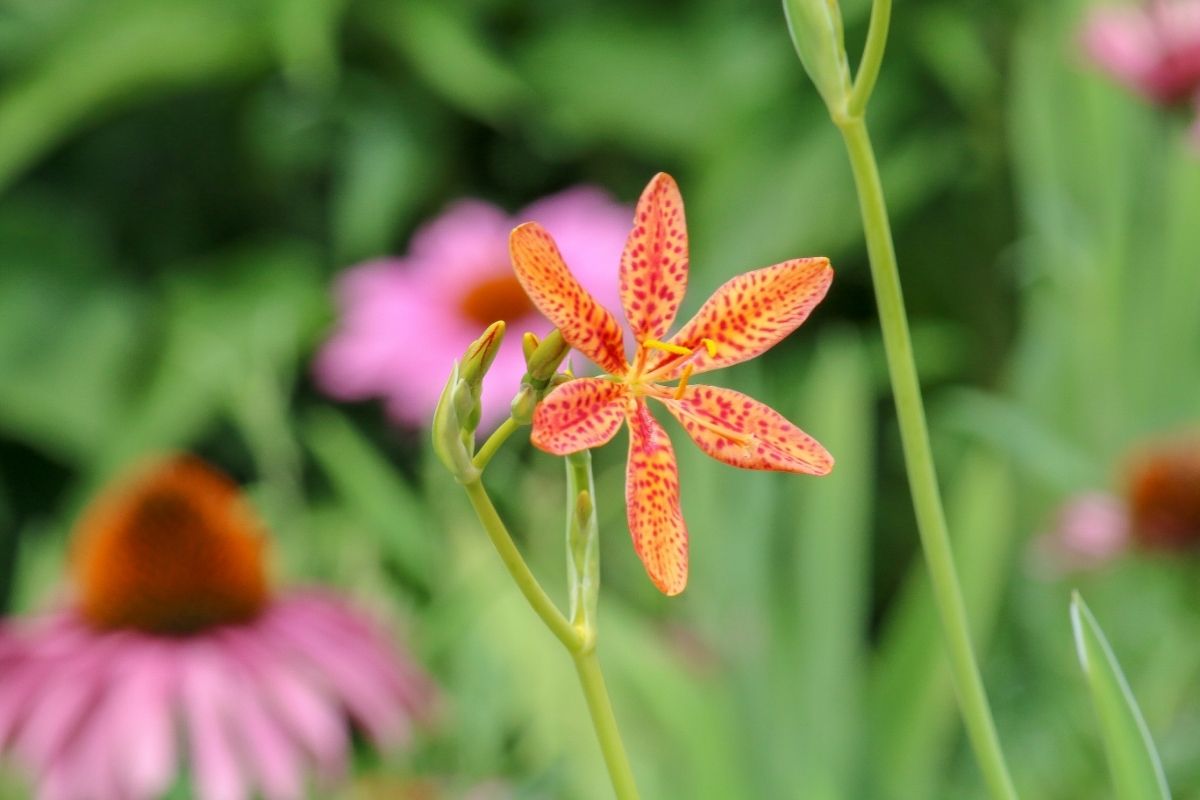
Toad Lily, actually known scientifically as the Tricyrtis, is a genus of flowering plants from the lily family, native to Asia. To be more specific, you can find these flowers in the Himalayas, China, Japan, the Philippines, and Taiwan.
Although, like most flowers, you can now find them cultivated all over the world. The nickname, toad lily, comes from the appearance of the flower, as they have patterns that make them look like amphibian skin.
Usually, they are white or yellow, with lots of tiny purple spots. They can look pretty alien-like, but they are very vibrant and considered to be pretty by many people. And at the very least, regardless of personal taste, they are eye-catching!
7. Torch Ginger
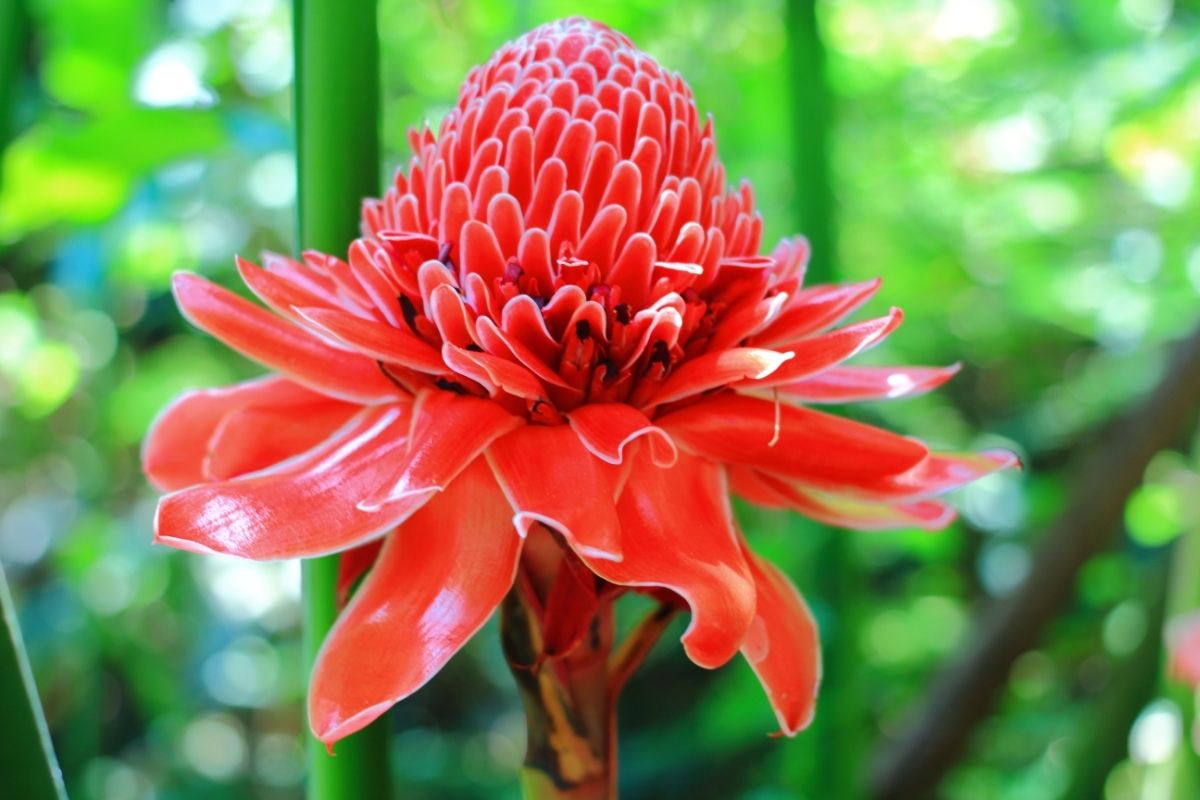
Torch ginger, also popularly known as the ginger flower, as the red ginger lily, or as wild ginger. It is a herbaceous perennial plant (scientifically known as the Etilingera elatior). The flower that it grows is unique and impressive, and bright showy pink.
In Southeast Asia, the flower serves as an important ingredient, used in a popular fish dish. In Bali, people use it for cooking chili sauce, and in Thailand, it is in a salad.
Other countries have similar uses for it. Utilizing different parts of the flower to add a certain flavor and texture to the dish in question. So primarily, this flower is a food source. Although it also looks really good as a decorative element in gardens.
8. Tree Of Heaven
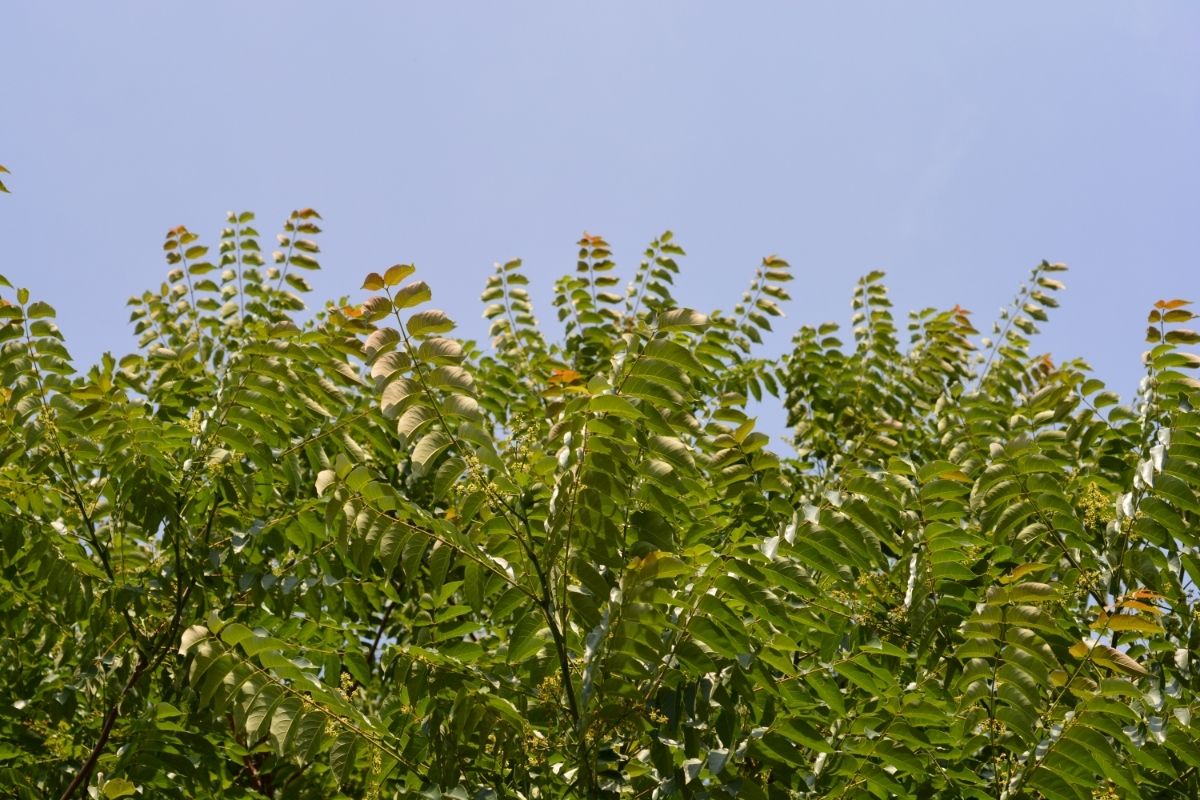
Also known as the ailanthus or varnish tree. The tree of heaven (the Ailanthus Altissima) is a deciduous tree from the Simaroubaceae family. It is native to China and Taiwan but thrives anywhere with a temperate climate.
This tree is best for growing really fast, reaching up to 49 feet in just around 25 years or so. Although it doesn’t live very long with a lifespan of around 50 years.
An interesting fact about this tree is that it has a suckering ability. So it is able to clone itself, over and over again, so that the species lives on.
This is why it is considered to be an invasive weed. And it is rapidly becoming a problem in Europe and North America! That being said, it has a rich culture within China’s history. The tree being in use for medicinal purposes, amongst other things.
9. Triteleia
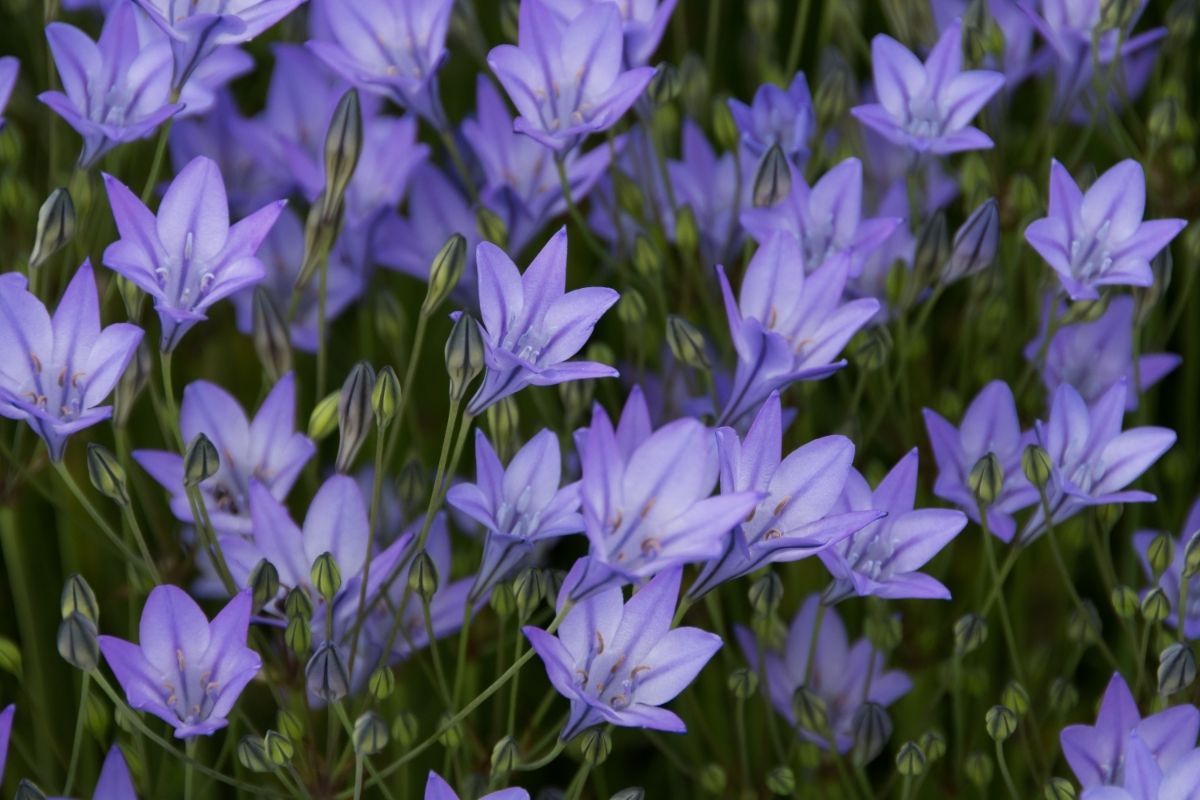
The Triteleia is a genus of monocotyledon flowering plants. And it is much better familiar to people as the triplet lilies. And the name pretty much suggests what this flower looks like: three lilies smushed together.
There are 16 species within the genus, and they are native to North America. Most commonly found in California, if we’re being specific.
Basically, the flower looks like a lily, spherical in shape, and blue or purple in color (with many more varying shades). But every single part of the plant comes tripled, like triplets!
10. Tuberose
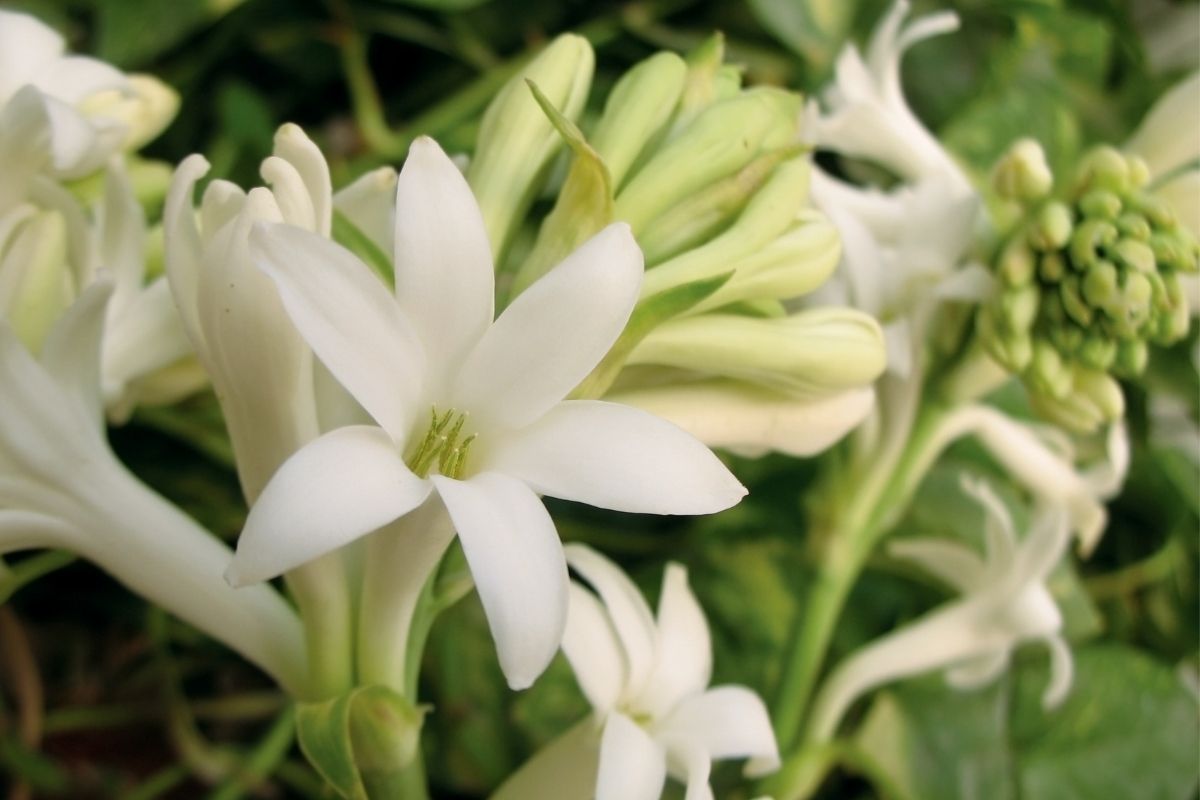
The Agave Amica, commonly better known as the Tuberose, is a perennial flower plant from the Asparagaceae family. Originally native to Mexico, it is now cultivated all over the world. Mainly for decorative purposes, but also to extract its scent, to be used in many perfumes.
The name itself comes from the French tubereuse. Which means tuberous, and it’s a direct reference to the shape of the plant’s root system.
The leaves, wide at the base, are green and around a foot and a half in length. The flowers it blooms are white and waxy, small in size, with a strong scent that is highly desirable for perfume creation. Which is why this flower has spread around the world and grown in popularity!
11. Tulip

Tulips are one of the most common flowers. And probably the top popular answer when you ask someone to name a plant that starts with the letter T. They are large, brightly colored, with vibrant reds, pinks, yellows, and whites.
This always grows in big groups too, so it’s like seeing a huge field of a single color! They are a member of the lily family, although this is quite controversial within the scientific world.
The name itself comes from the Persian word for turban. That is because tulips were originally discovered in Southern Europe and Central Asia, presumably by people who wore turbans!
Tulips are popular all over the world, and one country, in particular, has become known for mass cultivation: the Netherlands. You can see huge fields of tulips over there, and they have become a national symbol! In everyday life, tulips are in gardens as decoration, and as cut flowers.
RELATED: The Bloom Of Youth: The Timeline Of A Blooming Tulip
Final Thoughts
We could go on and on about many other plants that also start with the letter T. But there are too many to go through them all, and it would be a bit overwhelming to do so.
The ones we listed are some of the most popular, or some of the most interesting that we thought you simply had to know about. But feel free to search up more plants starting with T, and keep on learning about them all!







